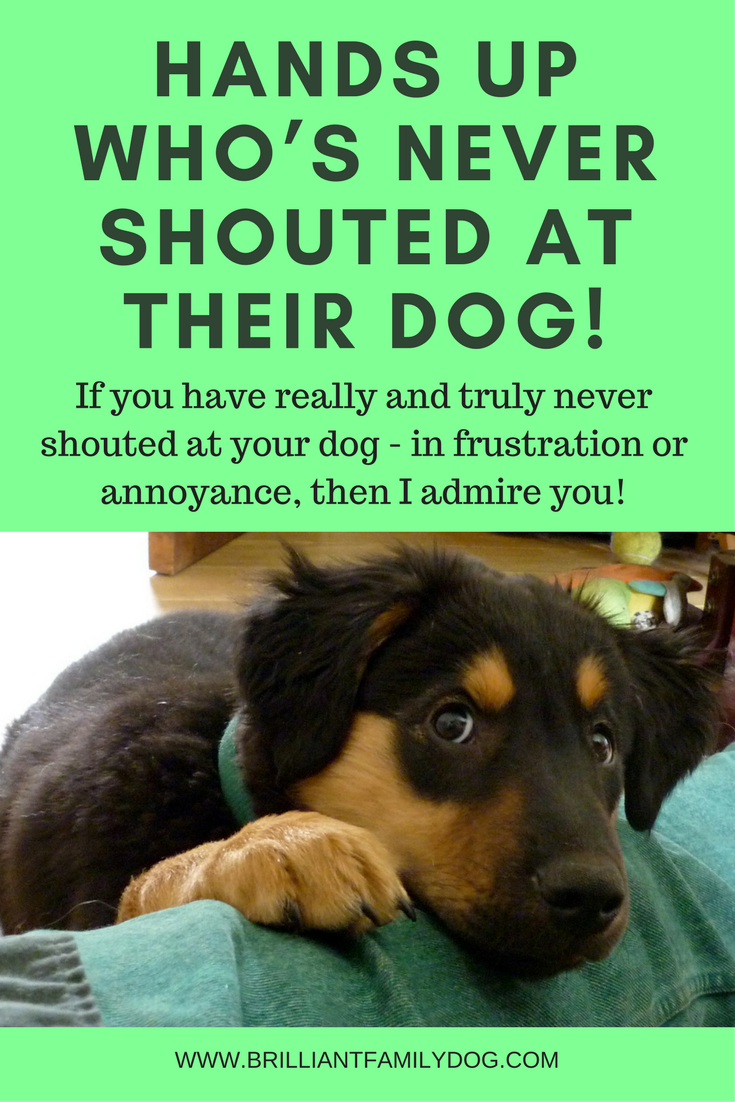Change. We all want change. We’re always asking for change.
And usually the change is all about us, or how things affect us.
Your dog’s not behaving as you’d like - let’s get that CHANGED.
🐾 Change what the dog is doing.
🐾 Change how he responds or fails to respond to you.
🐾 The dog has to change!
But look at it another way …
Wayne Dyer puts it perfectly:
“When you change the way you look at things, the things you look at change.”
Sometimes it’s not the thing you’re looking at that needs changing.
Sometimes it’s looking at it in relation to yourself that makes the difference.
Why should your dog change?
Up to now, your dog has done certain things. Perhaps getting worse and worse on a daily basis.
And you’ve been letting this happen.
It’s not the dog who needs to change!
It’s you!
When you look at it all holistically, you’ll see that your input - or lack of it - is a major contributory factor to how your dog is.
🐾 When he was chewing those shoes, where were you?
🐾 When he was barking at the doorbell, were you barking at him to be quiet?
🐾 And when he didn’t respond to your call, had you been paying attention to exactly what he was doing?
Dogs and us
We don’t exist in a vacuum. We interact with other people, things, and the world, and that influences how we feel and what we do.
Your dog? Just the same.
And the most important interaction in his life is with you!
How to improve your dog’s behaviour
So next time he does something you’re not mad about, take up the mirror and see what you were doing!
How did you contribute to this happening?
Did you contribute anything, or had you abdicated responsibility?
How can your dog learn what you want from him if you’re not paying attention and actively teaching him what pleases you?
And if you think this approach has to include telling-off or punishment - no, it doesn’t. There’s no nagging or blaming.
For your dog to change, YOU need to change
Teach your dog what you want. Build that connection with him so he knows what will please you so he has a chance of knowing what action he should choose.
Then you can forget about changing your dog, and simply enjoy him!







![Dog training, new puppy, puppy training | My dog keeps ... [insert annoyance here]! How to stop your dog doing stuff you don’t like | FREE EMAIL COURSE | #newpuppy, #dogtraining, #newrescuedog, #puppytraining, #dogbehavior | www.brilliantfamilydog.c…](https://images.squarespace-cdn.com/content/v1/58611419579fb36de6708b96/1511785151168-0AZHNAMT1XDT88M5ZK5C/Dog+training%2C+new+puppy%2C+puppy+training+%7C+My+dog+keeps+...+%5Binsert+annoyance+here%5D%21+How+to+stop+your+dog+doing+stuff+you+don%E2%80%99t+like+%7C+FREE+EMAIL+COURSE+%7C+%23newpuppy%2C+%23dogtraining%2C+%23newrescuedog%2C+%23puppytraining%2C+%23dogbehavior+%7C+www.brilliantfamilydog.com)


![Dog training, new puppy, puppy training | My dog keeps ... [insert annoyance here]! How to stop your dog doing stuff you don’t like | FREE EMAIL COURSE | #newpuppy, #dogtraining, #newrescuedog, #puppytraining, #dogbehavior | www.brilliantfamilydog.com</div>
</div>
</div></div></div></div></div></div>
</div>
<footer class=](https://i.imgur.com/60uvfkP.png)










